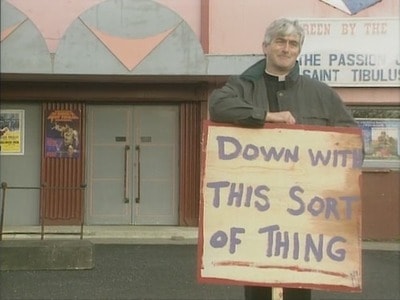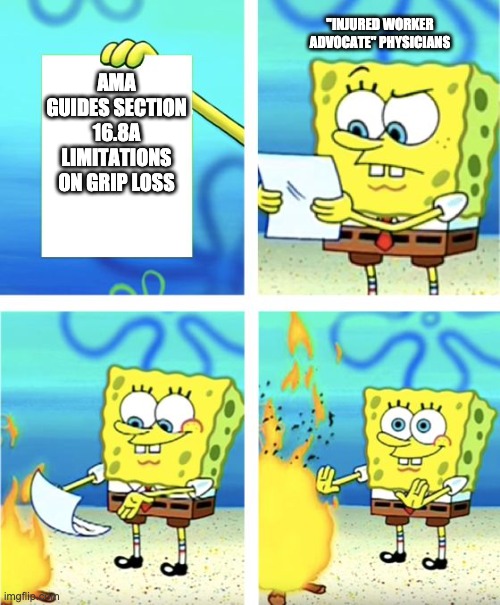So, dear readers, gather round – it’s story time!
When your humble blogger was knee-high to a grasshopper, a teacher came around to collect a homework assignment. When I failed to produce said assignment, the teacher chided me for not doing it. Showing, at a young age, the likelihood of a career in law, I retorted that she could in no way establish that I had not done it – after all, absence of evidence is not evidence of absence. I proposed that we just agree to disagree, but the arguments carried no weight. Such is life.
Zoom forward to December 2020 as the WCAB is reviewing a defendant’s petition for removal in the case of Panameno v. Northgate Gonzalez Market. Applicant alleged injury to a variety of body parts in 2015 only to have the claim denied by defendant.
Applicant was evaluated by Dr. Satish Kadaba in 2017 and then… well… from the panel opinion it looks like nothing happened until 2020 when defendant sought to replace Dr. Kadaba because there was no response to defense efforts to set his deposition. A search of the QME database by your humble blogger at the time this blog post was drafted did not show a Dr. Kadaba as a current QME.
The Medical Unit responded to the replacement request by telling defense counsel to take it up with the WCAB. At trial on the issue, defense argued that it could not locate Dr. Kabada to submit to cross examination and also had evidence that, at the time of the 2017 exam, Dr. Kabada was not certified as a PQME.
The WCAB affirmed the trial judge’s denial of defendant’s petition to strike the reports of Dr. Kabada and issue a replacement. With respect to evidence that Dr. Kabada was no longer a PQME at the time of the 2017 exam, defendant apparently made reference to an exhibit that was not offered as evidence. Nor was there evidence in the record sufficient to find the PQME was not available, according the to the WCAB panel.
The petition was denied and defendant was invited to raise its objections to the reports at the trial of the case-in-chief.
So, here are some thoughts on the matter from your humble blogger. First off, I would submit it is absolutely unfair that the PQME gets more slack than young humble blogger did – shouldn’t Qualified Medical Evaluators bear the burden of showing they are, in fact, qualified?
Aside from that, Rule 35.5(f) of the California Code of Regulations requires a QME to make himself available for deposition within 120 days of notice of deposition. Well, we’ve all read about those charming cases where SWAT teams have a 48-hour standoff with an empty house – and this is the workers’ comp equivalent of that. Is the defendant supposed to notice a deposition and then wait 120 days to start the process of getting a replacement?
Such an interpretation would seem to conflict with the California Constitution’s provision that the Legislature must “accomplish substantial justice in all cases expeditiously…” So either defendant must wait those 4 months to start the process of a replacement panel, or the defendant should take action when a medical evaluator fails to respond within a reasonable amount of time and with reasonable efforts to set a deposition.
Finally, wouldn’t the process of replacing a PQME for any reason be simpler if the Medical Unit responded to a replacement panel request by asking a response from the QME, and, absent such a response, granting the request?





